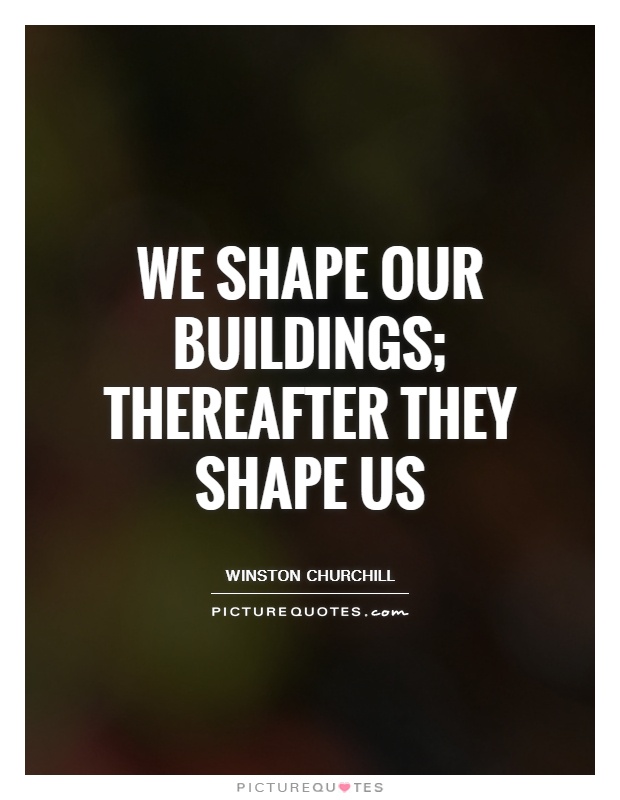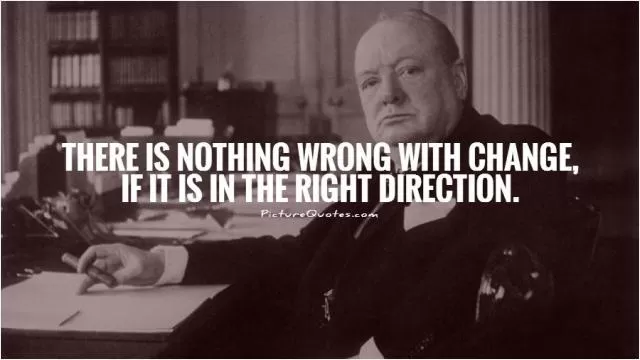We shape our buildings; thereafter they shape us

We shape our buildings; thereafter they shape us
Winston Churchill, the iconic British statesman and leader, famously said, "We shape our buildings; thereafter they shape us." This profound statement reflects Churchill's understanding of the powerful influence that our physical surroundings can have on our behavior, attitudes, and overall well-being.Churchill's own life and career provide a compelling example of how this principle plays out in practice. Throughout his life, Churchill was intimately involved in the design and construction of numerous buildings, from his family home at Chartwell to the war rooms beneath Whitehall. These spaces were not just places where Churchill lived and worked; they were extensions of his personality, values, and aspirations.
For Churchill, architecture was not just a matter of aesthetics or practicality; it was a means of expressing his vision for the future and shaping the world around him. He understood that the design and layout of a building could influence the way people interacted with each other, the way they thought about themselves and their place in the world, and even the way they made decisions.
In the case of the war rooms, for example, Churchill recognized the importance of creating a space that would foster collaboration, communication, and strategic thinking among his advisors and military commanders. The underground bunker became a hub of activity during World War II, where crucial decisions were made that would ultimately shape the course of history.
But Churchill also understood that buildings have a lasting impact on us long after they have been built. The physical spaces we inhabit can shape our memories, our emotions, and our sense of identity. They can inspire us to greatness or limit our potential. They can bring us together or drive us apart.












 Friendship Quotes
Friendship Quotes Love Quotes
Love Quotes Life Quotes
Life Quotes Funny Quotes
Funny Quotes Motivational Quotes
Motivational Quotes Inspirational Quotes
Inspirational Quotes